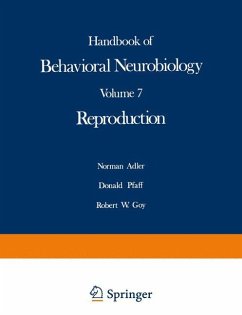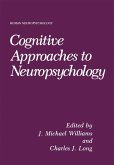The subject of this book is reproduction-specifically, the interplay between reproductive physiology (especially neural and endocrine events) and behavior. In presenting this topic, there are two expository goals. The first is to study repro duction at all of the major levels of biological organization-from the molecular (e. g. , hormone receptors in the brain), through the cellular (e. g. , ovarian morphogene sis), systemic (e. g. , operation of the hypothalamo-pituitary-ovarian axis), and the organismic levels of organization. Analogously, behavior is treated from the most molecular, elementary, and fundamental components (e. g. , copulatory reflexes), through behavior in the reproductive dyad (e. g. , analysis of female sexual behav ior), to complex social behavior (e. g. , the interaction of social context and behav ioral sex differences). To the extent that these levels of biological and behavioral organization rep resent a "vertical axis" in behavioral neurobiology, a second goal is to treat the "horizontal axis" of biological organization, viz. , time. There are, therefore, treat ments of evolutionary origins (e. g. , a phylogenetic survey of psychosexual differ entiation), genetic origins in the individual (e. g. , sexual organogenesis), ontoge netic development (e. g. , behavioral sexual differentiation), and the immediate physiological precursors of behavior (e. g. , hormonal and nonhormonal initiation of maternal behavior). In addition to tracing the origins of reproduction and reproductive behavior, one extends the time-line from the behavior to its physio logical consequences (e. g. , neuroendocrine consequences of sexual behavior).
Hinweis: Dieser Artikel kann nur an eine deutsche Lieferadresse ausgeliefert werden.
Hinweis: Dieser Artikel kann nur an eine deutsche Lieferadresse ausgeliefert werden.








